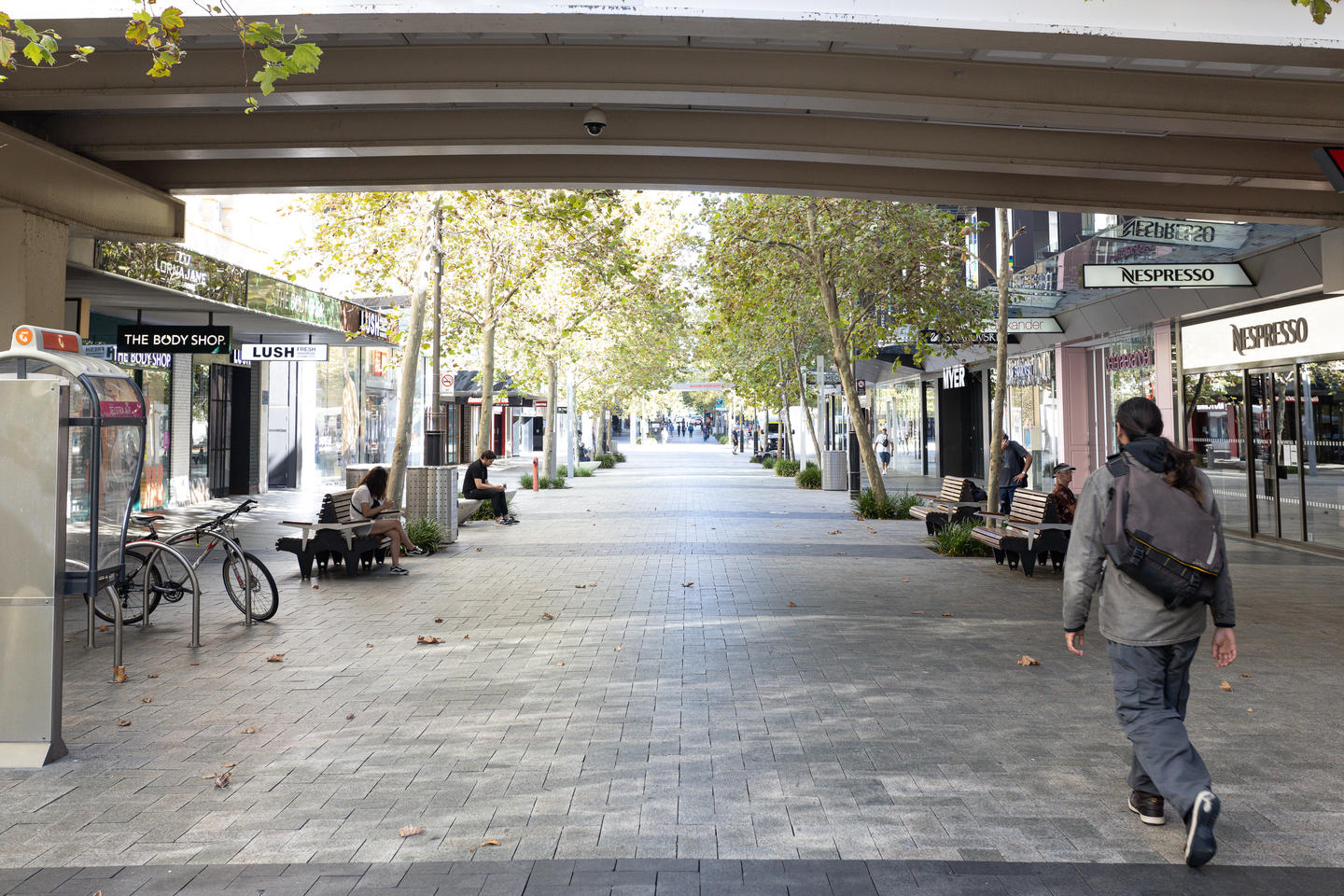Just 37 per cent of shops at Western Australia’s biggest malls and main street retail strips are open for trade, laying bare the impact of the COVID-19 crisis on the retail sector.


Just 37 per cent of shops at Western Australia’s biggest malls and main street retail strips are open for trade, laying bare the impact of the COVID-19 crisis on the retail sector.
That’s the key finding from a new review on occupancy of 17 of Perth’s largest shopping centres and six main street retail strips, by independent property analysts Y Research, in the wake of the novel coronavirus pandemic.
Y Research physically inspected each of the locations during the week of April 27 to determine retailers' response to trading conditions .
The study found 1,450 of the 3,895 shops across the precincts were open, with 9.4 per cent of stores currently vacant.
In total, 2,077 shops are currently not trading in Perth.
“The impact of COVID-19 represents a paradigm shift for the commercial property market in Western Australia,” Y Research principal Damian Stone said.
“The way we live, work and shop will be different in the months and years ahead.
“WA’s retail precincts, as community assets, have been at the forefront of measures to reduce the spread of the COVID-19 virus in WA.
“Retailers, national and local, have played their role by either closing their stores for the safety of their staff and customers, or by adapting to new regulations and remaining open to provide essential services.
Mr Stone said shopping centres were travelling better than retail strips, with 38.7 per cent of stores in malls open, compared to 32.9 per cent of retailers along the main streets.
He said levels of activity also varied across shopping centres.
At Westfield Whitford City, just 24.7 per cent of shops were open, and fewer than 30 per cent of stores were open at Westfield Booragoon and Karrinyup Shopping Centre.
Ellenbrook Central was the best-performing centre, with 56.3 per cent of shops open, while Claremont Quarter, Armadale Shopping City, Ocean Keys, Mirrabooka Square and Belmont Forum each had more than 50 per cent of retailers trading.
For retail strips, Leederville was riding out the crisis best, with 50 per cent of shops open, while just 27.7 per cent of stores in the Perth CBD were trading.
Mr Stone said the CBD result had been influenced by a large number of chain stores trading from suburban locations, but keeping their city store shut because of CBD office workers working from home.
“The inspection of the 23 retail precincts showed there was strong consumer demand for supermarkets, banks, telecommunications and hairdressers and barbers, with lines common for these retailers across centres,” he said.
“The level of store closures across precincts is strongly tied to fashion retailers remaining closed.”
The research comes as outdoor wear and adventure brand Kathmandu announced today its stores would reopen in a staged manner, with all but two of its shops shut since April 1.
Kathmandu and Rip Curl Stores in NSW and Queensland have reopened on a trial basis, with the majority of Australian stores to follow suit by the end of this week.
The company’s stores in New Zealand, North America, Europe, Brazil and Japan will not reopen until government directions allow for it.












